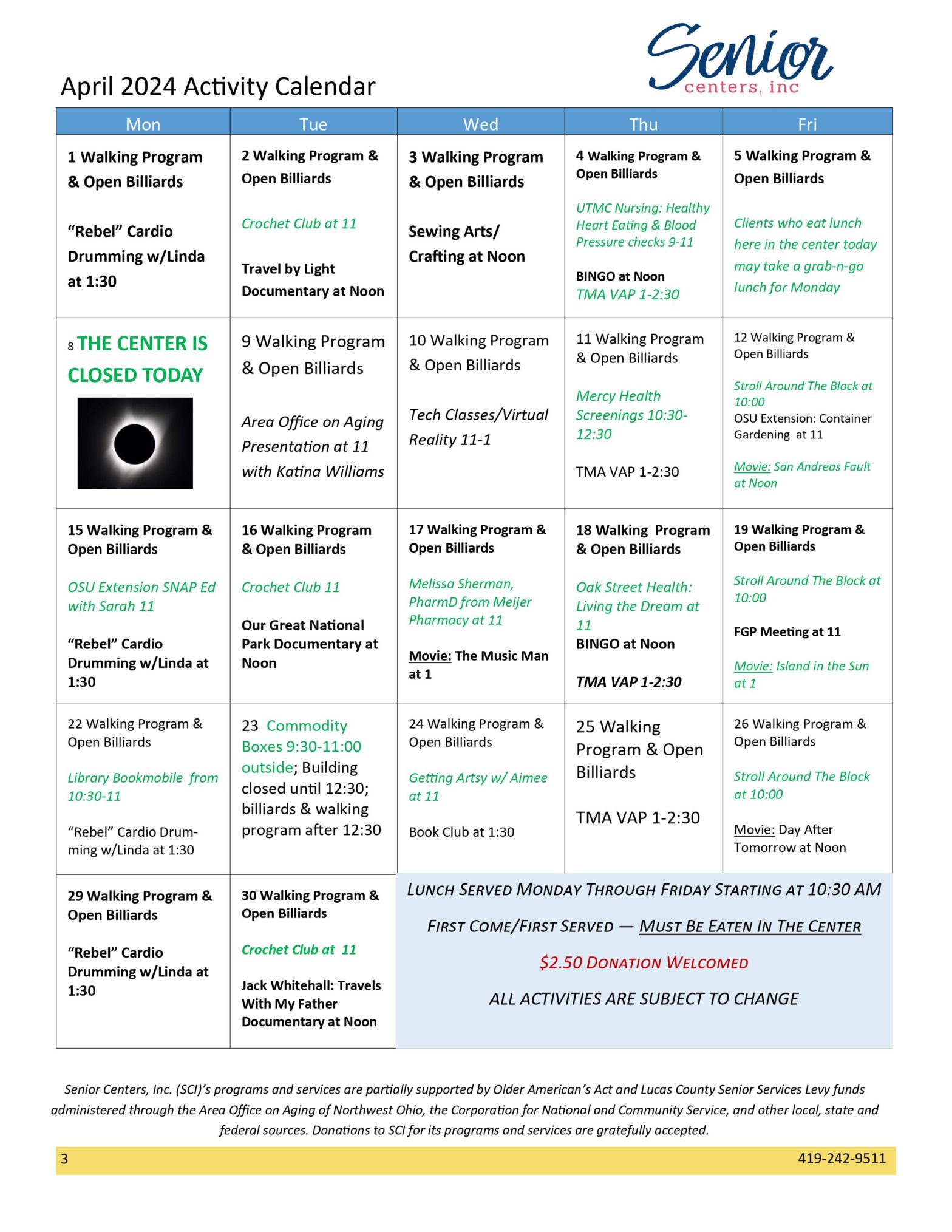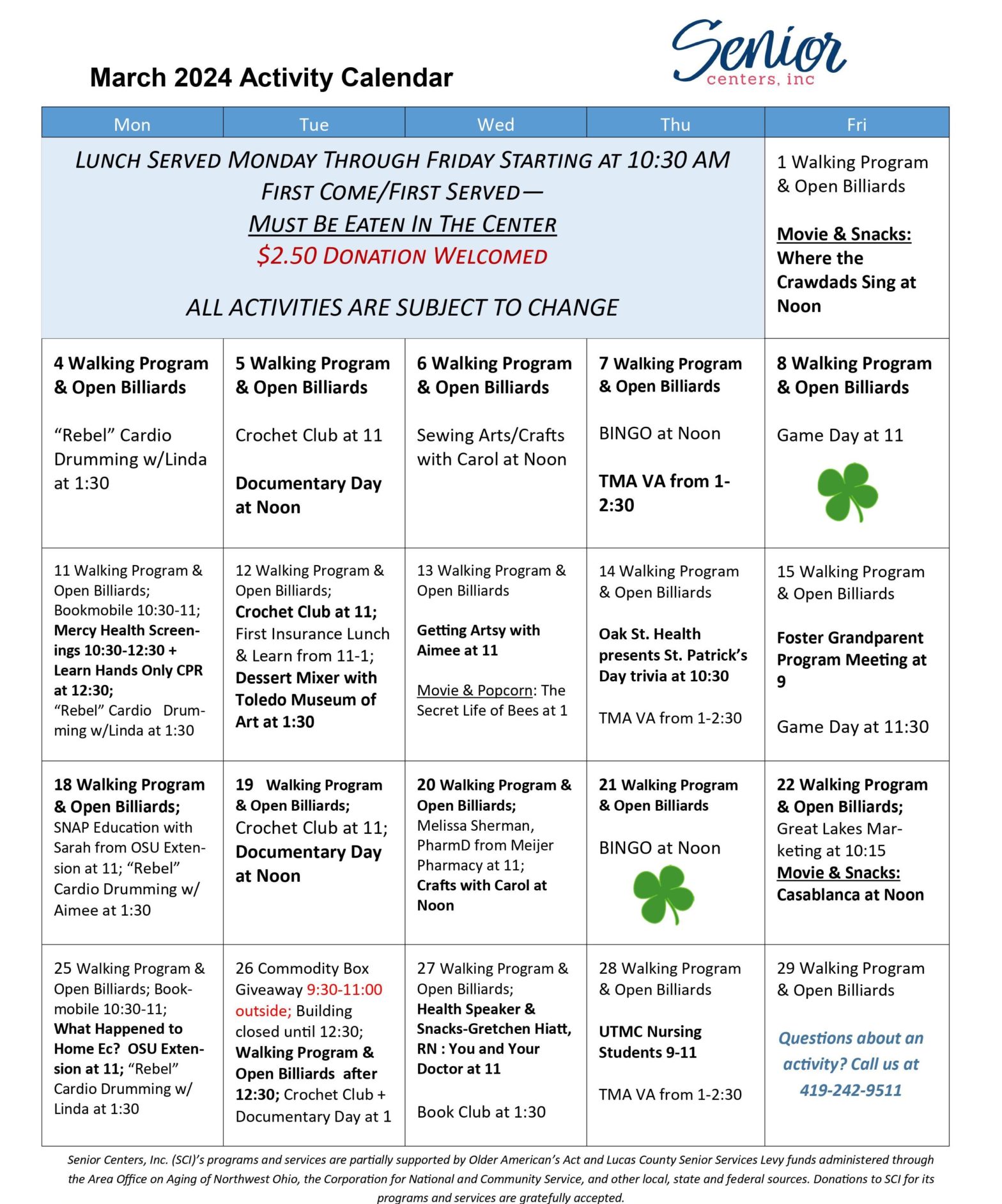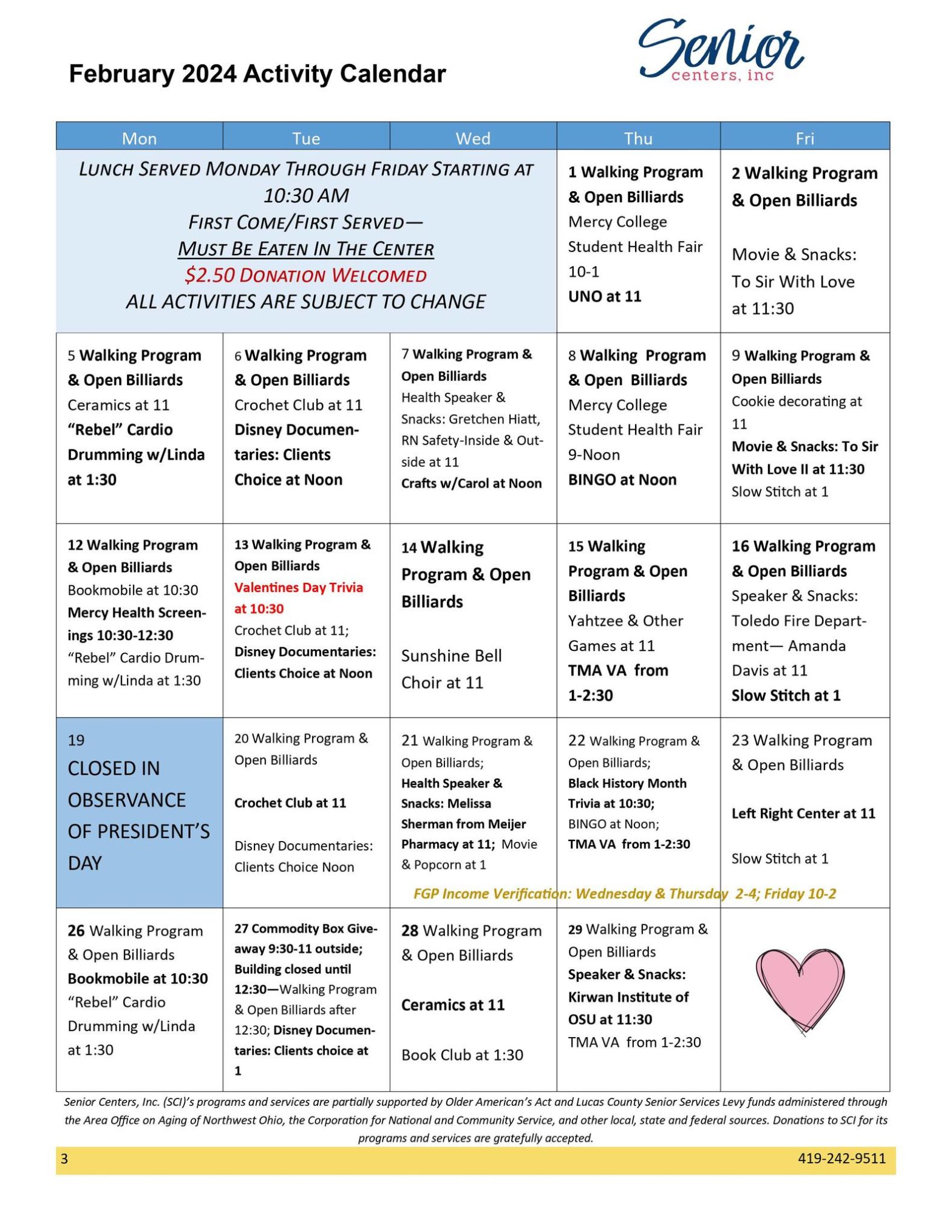How You Can Use the Latest Technology to Safely Age in Place
Article written and shared by Caring.com
Caring.com is a leading senior care resource for family caregivers seeking information and support as they care for aging parents, spouses and other loved ones. We have been featured by AARP, The Administration for Community Living, The National Legal Resource Center, and Forbes, as well as referenced by many governmental agencies and organizations across the Internet.
Aging in place is becoming more popular, and if you are like the 90% of adults who want to do so, there are many avenues you can choose to maintain your independence in your own home.
While most people want to age in place, less than 15% of people have done anything to prepare their homes to help them age safely. When thinking about what growing older in your home will look like, consider what current safety hazards exist, such as:
- Fall risk areas like stairs, the kitchen, and the bathroom near water
- Mobility hazards such as slippery floors, or high carpet that makes a walker hard to push
- Risk of dementia-related wandering or some health incident occurring while alone. Thankfully, modern technology is making aging in place safer and more realistic for seniors than ever before.
Below are three types of technology that you can use to enhance your safety while living independently.
Use Smart Home Devices to Automate Daily Tasks and Stay Safe
- Whether you want to access all of these features or use a smart home device to simply video chat with friends and family, the devices can help you have a safer and more enjoyable experience while living independently.
- If you worry about security, smart home devices can also give you some peace of mind. Doorbell cameras are a great option to let you see who is at the door without having to leave your seat, and smart locks can be set to automatically lock the door at a certain time or after you leave the home.
- One such feature is smart lighting that eliminates the need for you to walk through a dark room in order to access a light switch, which can be especially useful near the restrooms and other areas you might frequent at night. Some smart lighting devices are voice-operated, while some use motion sensors or timers to turn lights on and off at the right times. Medication reminders are another helpful feature, especially if you’re prone to forgetfulness. Medication reminders are in essence similar to appointment reminders and can be programmed to show up on your smartphone, smart home device, or your smartwatch after some simple set-up.
- Smart home technology is rapidly advancing and has become more common in the modern American home- it’s estimated that more than 45 million of these devices have been installed in homes in the U.S. However, it’s not just a gimmick for those that love the latest and greatest technology. There are many practical applications that can make smart home devices a great tool for seniors.
Invest in a stairlift if you often climb up and down stairs
- If you want to age in place, you’ll optimally live in a home with just one story to ensure you can still move freely throughout the home if you develop mobility difficulties later in life. But, moving to a one-story home isn’t always possible. Whether you cannot or don’t want to move to a home without stairs, you should find ways to make your current stairways more manageable.You can take practical measures such as installing stair lights and anti-slip tape on stairways and scheduling a check-up from a trusted contractor to ensure your stairs are in great condition with sturdy handrails and even surfaces. You can also use the latest stairlift technology to make your stairways even safer.Stairlifts were created to help elders move safely around their lifelong homes after developing mobility issues. Stairlifts are simple to use- you simply sit in the ergonomic seat, buckle up, and press the switch to begin the slow, gentle ride up or down your staircase. Modern stairlifts can be custom-designed to fit any staircase size or shape- including outdoor and curved staircases. Stairlifts are definitely an investment and must be installed by a licensed professional, but still bear a much smaller price tag than buying a new home. The newest stairlifts even come with enhanced safety features like motion sensors to detect any hazards in its path and dual remotes that allow a friend, spouse, or caregiver to help control the device if needed.
Consider Medical Alert Systems if You Are Struggling With Mobility
- Some seniors choose to start wearing a medical alert system after a fall, and it’s wise to do so- according to the CDC, falling once doubles your risk of falling again. Even if you haven’t experienced a fall, if you have mobility limitations, it’s important to take preventative measures to be sure you can get the help you need should one occur. If you wish to live independently in your golden years, medical alert systems provide a valuable lifeline that make it easy to get help if you do experience a fall or other injury.
- While older medical alert systems only worked in the home, required a landline, and were bulky and unappealing to wear for some, the latest medical alert technology makes the systems a valuable asset for anyone who wants to age in place. Many devices no longer require a landline, and rather use cellular networks to connect you with the monitoring center, providing protection both in and outside of the home. Both in-home and mobile devices are also smaller and lighter, making them easier to wear or carry in your pocket or purse. In addition to overall sleeker, more stylish, and discreet devices that can be worn as a pendant or wristband, some companies offer smartwatch-style devices that fit right in with their non-medical alert counterparts. Both smartwatch-style and standard medical alert devices today feature enhanced technology including automatic fall detection, which uses motion sensors to detect a fall and automatically connect you to an emergency operator or your preferred contacts, and GPS location tracking, which makes it easy for emergency personnel to locate you if you need assistance while on-the-go.



